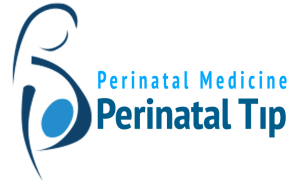
Risks of Multiple Pregnancies
The characteristics and results of

twin pregnancies in which the placenta is separated and the twin pregnancies in which the placenta is common-single are different.
In cases where the placenta is separated, the problems have increased compared to singleton pregnancies and approximately 2% abortions, 2% loss of babies in the womb, 20% growth-weight retardation, 5% severe preterm births, and 1% organ defects-anomalies.
Whereas; In cases where placenta is common-single, the problems are more increased compared to singleton pregnancies and even other twin pregnancies, and approximately 10% abortions, 4% loss of babies in the womb, 30% growth-weight retardation, 10% severe preterm births, organ defects-anomalies It is seen as 4%.
In triplet pregnancies; Compared to twin and singleton pregnancies, the problems have increased more significantly and approximately 3% of miscarriages, 6% of infant losses in the womb, 50-60% of growth-weight retardation, 20% of severe premature births, and 2% of serious problems such as brain-eye damage are seen. .
For these reasons, the follow-up of multiple pregnancies and the solution of problems that will arise or arise are characteristic.